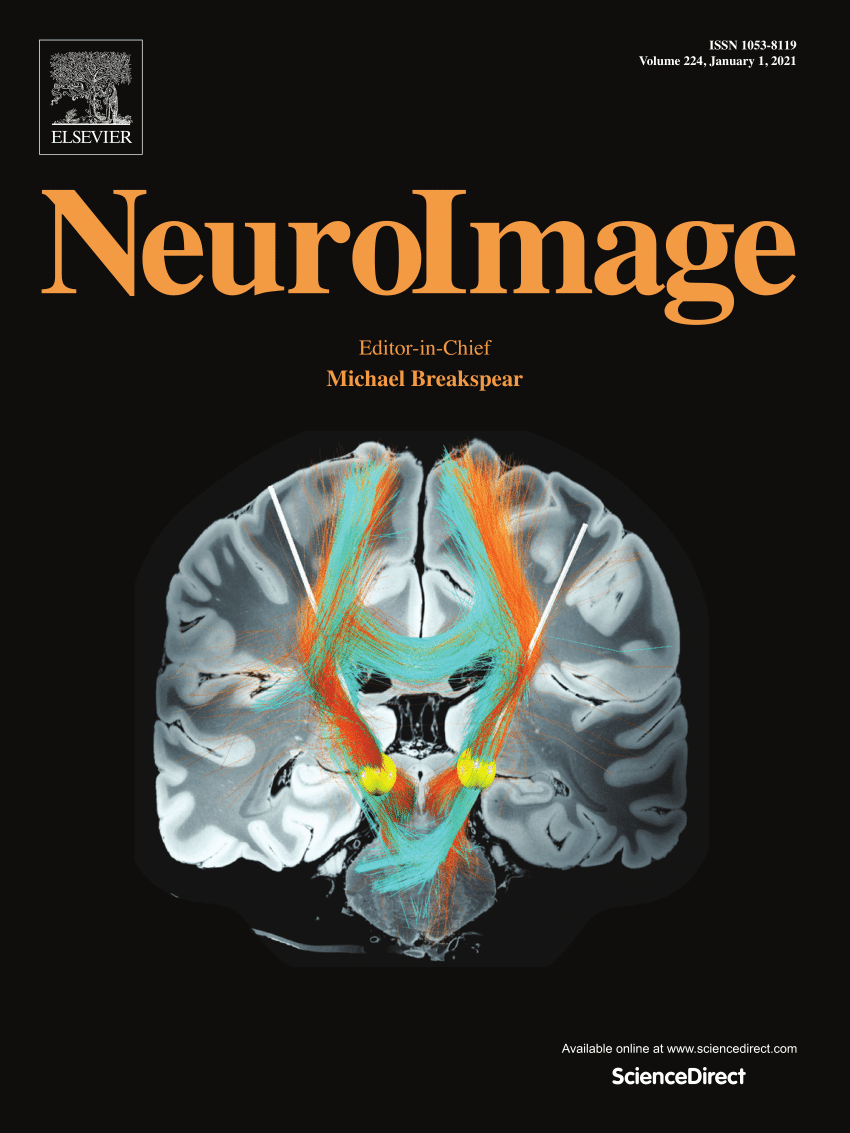Positive mood enhances gender stereotype activation during semantic integration and re-analysis
IF 4.7
2区 医学
Q1 NEUROIMAGING
引用次数: 0
Abstract
Gender stereotypes are deeply rooted in language, and their activation can be influenced by various factors. Behavioural evidence suggests that both positive and negative moods can modulate responses to stereotype-laden linguistic content. Early research also highlights the role of colour–gender associations in language processing. However, the neurocognitive mechanisms underlying the interaction between mood, gender stereotype activation, and colour–gender associations remain underexplored. Here, we provide novel neurocognitive evidence that a positive mood actively facilitates access to stereotype knowledge during the stage of semantic integration and re-analysis. Female participants induced into positive or negative moods made stereotype congruency judgments about sentences that were either congruent or incongruent with gender stereotypes, preceded by gendered (pink/blue circles) or gender-neutral (white circles) visual cues. First, the results showed smaller N200 amplitudes in a positive compared to negative mood only for sentences preceded by gender-neutral cues, suggesting that gender-driven expectancies evoked by gendered cues can override mood effects during early lexico-semantic processing. Second, we found smaller N400 amplitudes in a positive compared to negative mood, indicating overall facilitation of lexico-semantic processing in a positive mood, irrespective of stereotype congruency. Finally, we observed larger Late Positive Complex (LPC) amplitudes for stereotypically incongruent than congruent sentences only in a positive mood, pointing to gender stereotype knowledge modulating semantic integration and reanalysis processes in a positive but not negative mood.
积极情绪促进语义整合和再分析过程中性别刻板印象的激活
性别刻板印象深深植根于语言中,其激活受到多种因素的影响。行为证据表明,积极和消极情绪都可以调节对充满刻板印象的语言内容的反应。早期的研究还强调了颜色与性别之间的关联在语言处理中的作用。然而,情绪、性别刻板印象激活和颜色-性别关联之间相互作用的神经认知机制仍未得到充分探索。本研究提供了新的神经认知证据,表明在语义整合和再分析阶段,积极情绪积极地促进了刻板印象知识的获取。被诱导为积极或消极情绪的女性参与者对与性别刻板印象一致或不一致的句子做出刻板印象一致性判断,在此之前是性别(粉色/蓝色圆圈)或性别中性(白色圆圈)的视觉线索。首先,结果显示,只有在带有性别中立线索的句子中,积极情绪的N200波幅小于消极情绪,这表明性别线索引发的性别驱动期望可以在早期词汇语义加工中覆盖情绪效应。第二,与消极情绪相比,积极情绪中的N400波幅更小,这表明积极情绪中词汇语义加工的整体便利化,与刻板印象一致性无关。最后,我们观察到只有在积极情绪下,刻板印象不一致句子的后积极复合体(LPC)振幅大于一致句子,这表明性别刻板印象知识在积极而非消极情绪下调节语义整合和再分析过程。
本文章由计算机程序翻译,如有差异,请以英文原文为准。
求助全文
约1分钟内获得全文
求助全文
来源期刊

NeuroImage
医学-核医学
CiteScore
11.30
自引率
10.50%
发文量
809
审稿时长
63 days
期刊介绍:
NeuroImage, a Journal of Brain Function provides a vehicle for communicating important advances in acquiring, analyzing, and modelling neuroimaging data and in applying these techniques to the study of structure-function and brain-behavior relationships. Though the emphasis is on the macroscopic level of human brain organization, meso-and microscopic neuroimaging across all species will be considered if informative for understanding the aforementioned relationships.
 求助内容:
求助内容: 应助结果提醒方式:
应助结果提醒方式:


